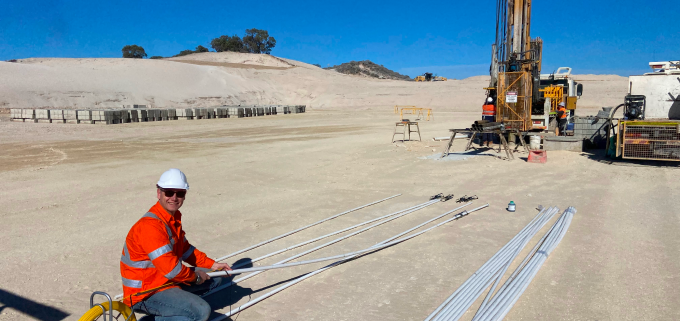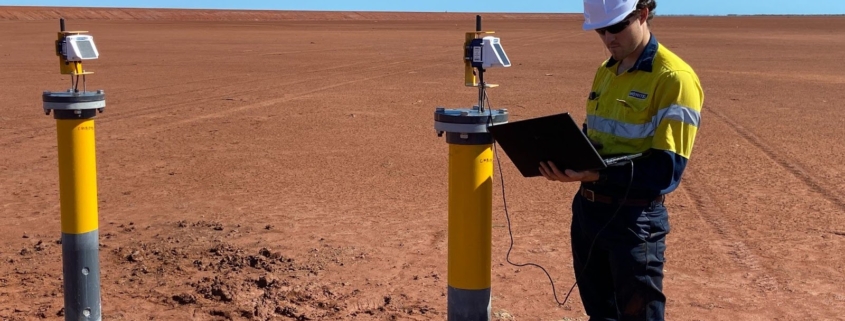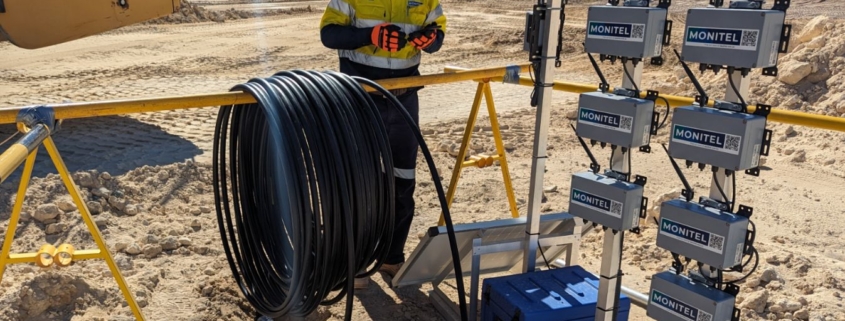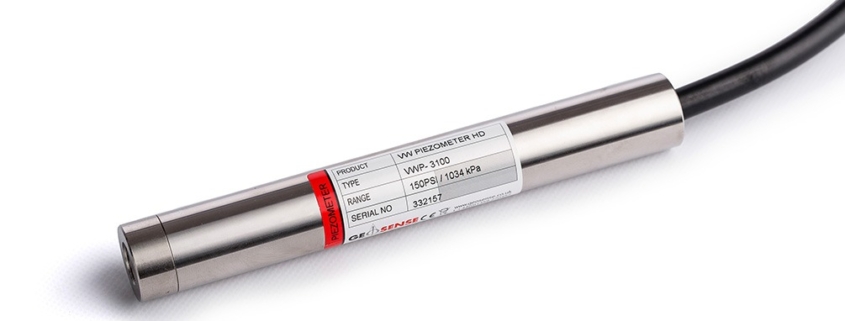How to Install a Piezometer: Creating Effective Monitoring Systems
Certain steps should be taken when installing a piezometer to ensure the system produces accurate, reliable data over time.
At Monitel, we design and implement piezometer systems around site conditions, monitoring duration and compliance needs. We tailor our installation process to each project, ensuring that all systems meet the needs and goals of their respective sites.
This article outlines the key considerations and practices that go into each installation. If you would like more information, you can contact a member of our team at admin@monitel.com.au or call (08) 6219 8284.
1. Understanding the Site
Before installing any sensor, we carry out a thorough review of your site, assessing conditions such as:
- Soil or rock type
- Groundwater depth and behaviour
- Any construction or operational activity in the area
We also research the federal, state and local government regulations that apply to you, such as WHS (Mines) Regulations 2022 or DWER licence requirements. This ensures that data from the monitoring system can be used to prove your compliance.
Understanding these factors helps determine the type of piezometer needed (vibrating wire, drive-in, standpipe etc.) and the best installation method.
2. Selecting the Right Sensor
Different types of piezometers suit different site and project conditions. For example:
- Vibrating wire piezometer: suited for long-term, automated monitoring and resistant to cable interference.
- Standpipe piezometer: useful for short-term or manual level checks.
- Drive-in piezometer: capable of quick deployment in soft soils or tailings.
- Strain gauge and pressure transducer piezometers support real-time data and are suitable for integration into digital systems.
Monitel pride ourselves on our product agnostic approach – meaning we select the best sensor for the project and are not tied to any brand allegiance.
For more information about how to choose the best piezometer for your site, you can click here.
3. Drilling and Borehole Preparation
For borehole monitoring projects, we ensure:
- That the diameter and depth are correct for the sensor type
- Clean drilling methods are used to avoid contamination of the sensor zone
- Backfilling with graded sand and bentonite seals, to isolate the sensor and prevent cross-contamination
- Accurate placement of filter tips at the intended measurement zone
4. Cable Protection and Termination
Our team understands that proper cable management is critical when using a vibrating wire piezometer. We ensure:
- Cables are routed securely through protected zones
- Any splices are sealed and documented
- Termination points are housed in weatherproof enclosures or junction boxes for easy access and minimal damage risk
5. Data Integration and Calibration
After installation, we connect all sensor to data loggers and check signals for their accuracy and reliability.
Our systems allow for:
- Automated data logging
- Threshold alerts to support early intervention
- Integration with larger and pre-existing monitoring platforms
6. Ongoing Support and Maintenance
Montiel recognise that your project will require accurate data long after the installation period. As such, we provide the following services to ensure your monitoring system lasts well into the future:
- Routine system checks
- Sensor recalibration
- Support with compliance reporting or audits
- Troubleshooting for anomalies or site changes
Monitel: Leading Piezometer Supplier
Proper installation of piezometers is essential to the success of any monitoring system. Our team applies best practices, adapts to site conditions and uses market leading sensor technology to deliver reliable and actionable data.
Whether standpipe or vibrating wire, piezometer installations must be designed to support safety, performance and regulatory success.
If you would like assistance with designing and installing a piezometer focused monitoring system, you can contact Monitel at admin@monitel.com.au or call (08) 6219 8284.




